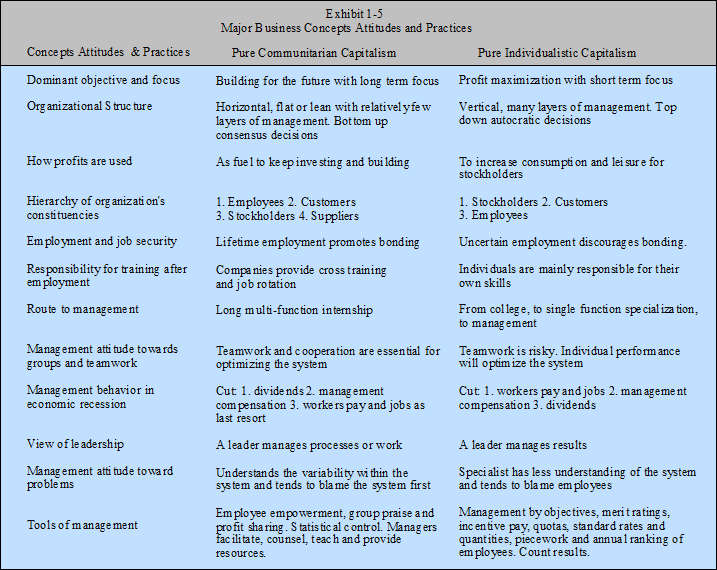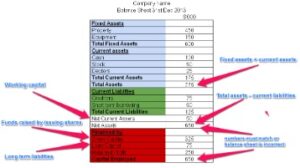
For instance, if there is excess cash, they can take advantage of early payment discounts with suppliers or identify areas to reinvest in the business. When cash is tight, they can reassess loan positions or trigger foreign exchange transfers between subsidiaries. Finance teams also might use AI to optimize working capital by applying the right early payment incentives to select suppliers based on market conditions, payment history, and other factors. Ascent provides the financial sector with AI-powered solutions that automate the compliance processes for regulations their clients need.
Increase efficiency and productivity
It analyzes regulatory data, customizes compliance workflows, constantly monitors for rules changes and sends quick alerts through the proper channels. The company aims for financial firms to have increased accuracy and efficiency. Considering the deep interconnections between financial firms, as well as the complexity and opacity around models and data, the use of AI raises concerns about introducing new or magnifying existing risks in financial markets.
AI is being used in finance to automate manual tasks, such as inputting invoices, tracking receivables, and logging payment transactions so employees are free to focus on value-added strategic work. Finance functions are also embracing AI-powered tools to quickly help analyze large amounts of data, provide insights and recommendations, improve forecasts, and propel data-driven decision-making throughout the enterprise. AI also presents regulatory challenges in that the centralizing tendency of AI contrasts with decentralized financial trends like cryptocurrencies.
Recent Artificial Intelligence Articles
- By leveraging AI capabilities, companies are seeing improvements streamlining operations by automating routine tasks, reducing human error, and optimizing processes.
- Those two factors make it very hard to “buy AI” and run it in an organization’s own data center.
- AI is having an impact in many areas of finance including AI-enabled chatbots.
- It has a network of over 600,000 ATMs from which users can withdraw money without fees.
- This simplifies the customer interaction with banks, reduces overall processing time, and reduces human errors in the process.
Generative AI might start by producing concise and coherent summaries of text (e.g., meeting minutes), converting existing content to new modes (e.g., text to visual charts), or generating impact analyses from, say, new regulations. Producing novel content represents a definitive shift in the capabilities of AI, moving it from an enabler of our work to a potential co-pilot. Looking toward the step by step guide on discounted cash flow valuation model future of finance, Stirrup sees a large shift in store for the finance function.
The importance of the operating model
GenAI is a type of AI that can produce various types of content, including text, images, code, audio, music, and videos. It works by using an ML model to process human-generated content to identify patterns and structures. It then generates new content based on the learned patterns from that data set. Kensho, an S&P Global company, created machine learning training and data analytics software that can assess thousands of datasets and documents. Traders with access to Kensho’s AI-powered database in the nonprofit budget creation days following Brexit used the information to quickly predict an extended drop in the British pound, Forbes reported.
GenAI can even automatically create contextual commentary to explain forecasts produced by predictive models and highlight key factors driving the prediction. AI is transforming how to invoice as a freelance designer the financial forecasting and planning process through predictive analytics. Predictive analytics is a type of data analytics used in businesses to identify trends, correlations, and causation. It uses data, statistical algorithms, and machine learning to forecast future outcomes based on the analysis of historical data and existing trends.

Looking for more insights?
By harnessing the power of AI, these companies can quickly identify and mitigate potential threats, ensuring that customer payments remain secure. In areas where speed and accuracy are critical such as trading, AI is acting as an augmented intelligence tool giving traders additional insights and knowledge to better inform their decision making. Various tools and platforms such as The Bloomberg Terminal, a popular platform used by many in the financial industry, have integrated AI into the Terminal to augment traders. It’s able to analyze vast amounts of financial data and news in real-time and provide insights that traders can use to optimize their trading strategies.
Certain services may not be available to attest clients under the rules and regulations of public accounting. AI’s abilities around data management collection, analysis, and contextualization—just to name a few—help eliminate many of the decision-making roadblocks cited by business leaders. AI helps enhance customer experience and retention by letting businesses deliver personalized, proactive, and integrated interactions across various touchpoints. In a 2024 report by Forrester, 42% of executives surveyed identified the hyperpersonalization of customer experience as a top use case for AI. A critical aspect of AI integration is understanding and explaining decision-making processes to minimize bias and ensure ethical use.

